Major market players are spending a lot of money on R&D to increase their product lines, which will help the Ocean Bound Plastics Market grow even more. Market participants are also taking a range of strategic initiatives to grow their worldwide footprint, including new product launches, contractual agreements, mergers and acquisitions, increased investments, and collaboration with other organizations. Competitors in the Ocean Bound Plastics industry must offer cost-effective items to expand and survive in an increasingly competitive and rising market environment.
One of the primary business strategies adopted by manufacturers in the Ocean Bound Plastics industry to benefit clients and expand the Ocean Bound Plastics Market sector is to manufacture locally to reduce operating costs. In recent years, Ocean Bound Plastics Market has provided some of the most significant benefits.
BASF SE (Germany) carries out the production, marketing, and sales of chemicals, plastics, crop protection products, and performance products. Its product line comprises solvents, adhesives, surfactants, fuel additives, electronic chemicals, pigments, paints, food additives, fungicides, and herbicides. The company serves a wide range of industries including construction, furniture and wood, agriculture, electronics and electrical, paints and coatings, automotive, home care, nutrition, chemicals, and others. BASF carries out R&D in alliance with customers, scientists, and partners. The company operates through a network of manufacturing facilities across the world.
It has presence in Europe, Asia Pacific, South America, Africa, the Middle East, and North America. In March 2022, BASF made a strategic investment in Oceanworks, a sustainable plastic solutions provider that brings traceability and transparency through digitalization to recycled plastics. Oceanworks is based in the U.S. and offers a powerful platform for brands looking to reliably secure high-quality sources of ocean, ocean-bound, and averted PCR plastic (post-consumer recycled products are made from recycled plastic and discarded materials.).
For BVC this investment underlines BASF’s commitment to developing sustainable solutions to raise the transformation towards a circular economy to a new level.
Also, Humanscale (US) is the leading designer and manufacturer of ergonomic products that improve the health and comfort of work life. The Company is a part of NextWave’s strategy to encourage manufacturing applications for ocean-bound plastics. In June 2021, launched its ergonomic Path office chair, which incorporates more than 20 pounds of recycled content. About half of the chair’s recycled content is plastic reclaimed from the ocean, primarily fishing nets. The other half comes from post-consumer plastic bottles and post-industrial materials.
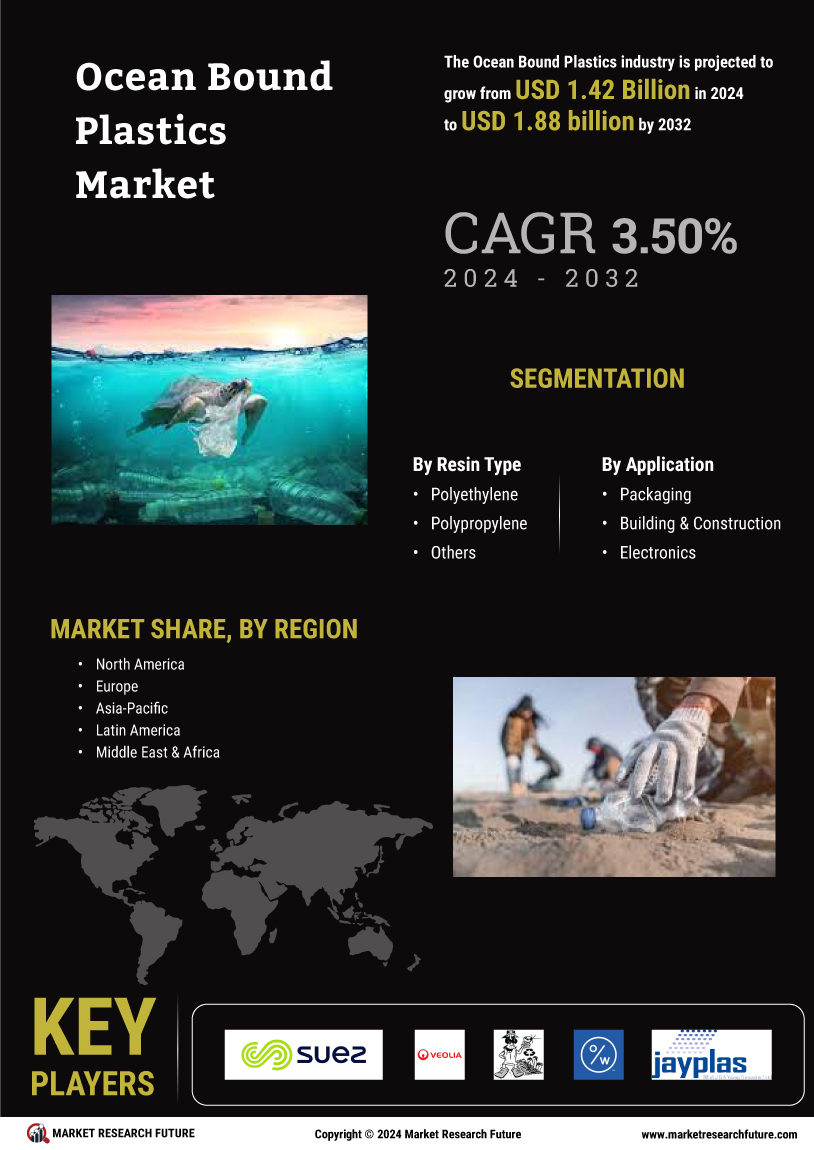

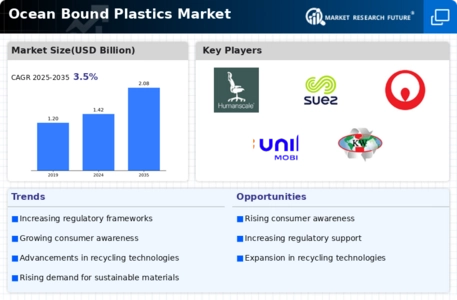
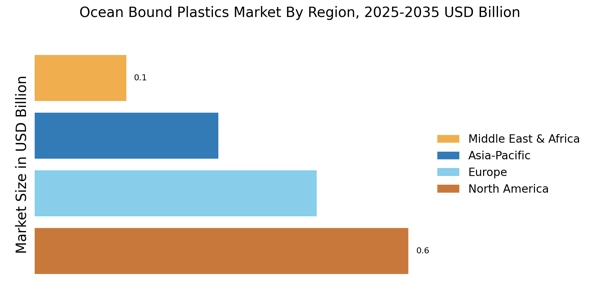

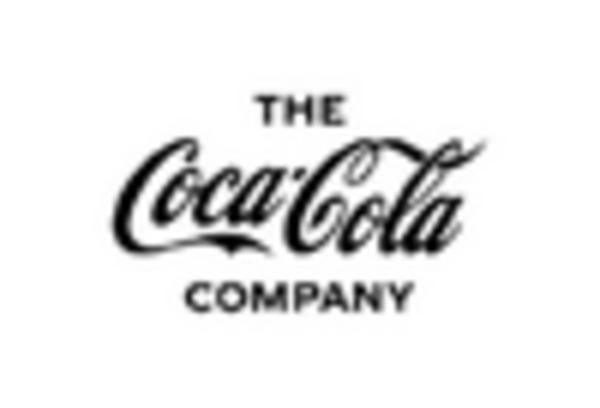
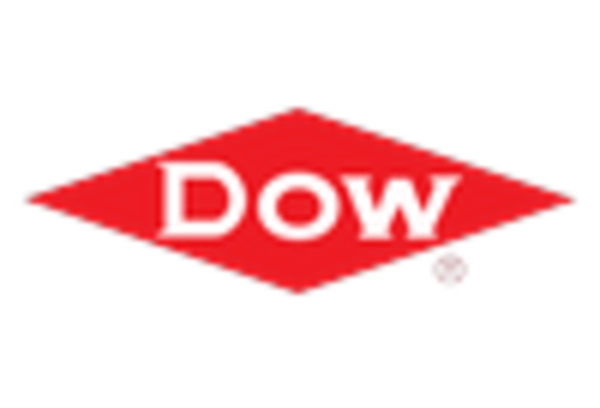
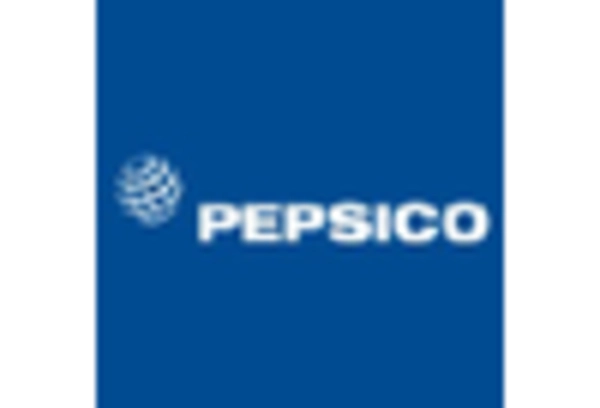
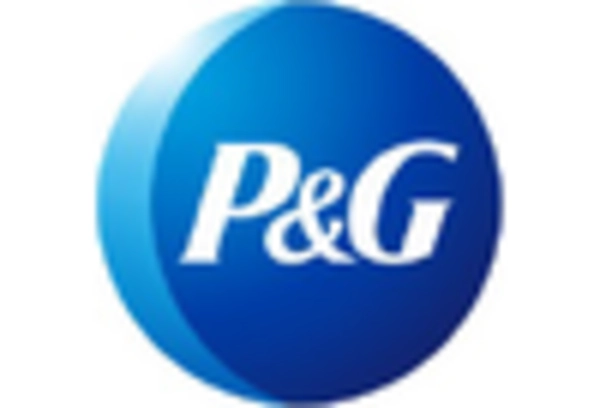
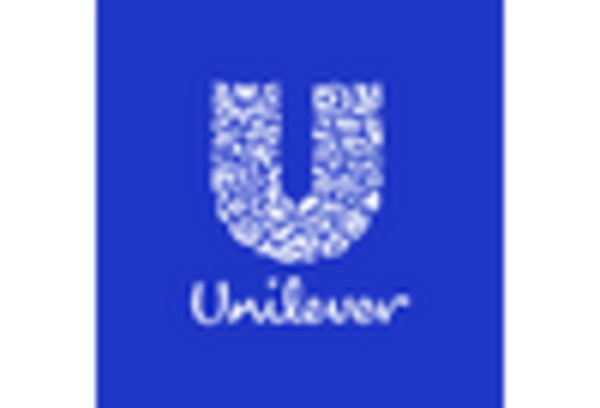








Leave a Comment